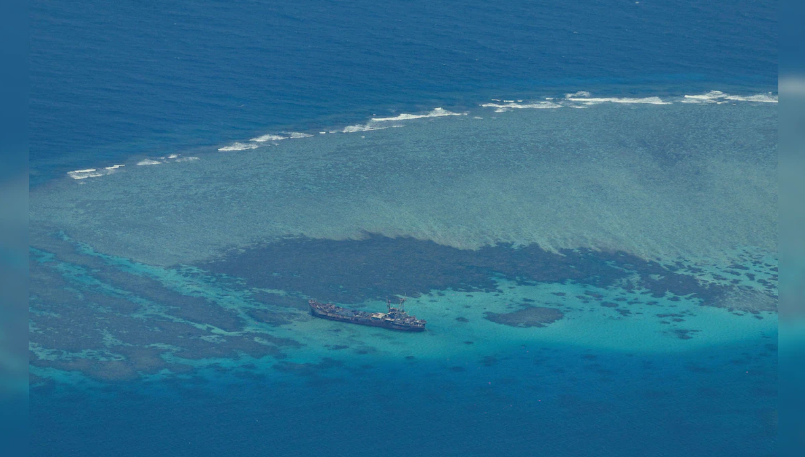In a significant diplomatic breakthrough, China and the Philippines have reached a tentative agreement aimed at de-escalating rising tensions in the South China Sea. This move marks a critical step towards stability in one of the world’s most contentious maritime regions.
Background: Rising Tensions in the South China Sea
The South China Sea has long been a flashpoint for international conflict, with overlapping territorial claims involving China, the Philippines, Vietnam, Malaysia, Brunei, and Taiwan. The area is not only rich in natural resources, including oil and gas reserves, but also serves as a crucial maritime route for global trade.
In recent months, the situation has grown increasingly volatile. Chinese vessels have been seen patrolling areas claimed by the Philippines, leading to several confrontations. The most notable incident occurred last month when Chinese coast guard ships blocked and used water cannons against Philippine supply boats near the Ayungin Shoal, a strategically significant area within the Philippines’ exclusive economic zone (EEZ). This incident prompted strong protests from Manila and calls for international support.
The Tentative Agreement: Key Points
The tentative deal, reached after a series of high-level talks, aims to reduce the likelihood of clashes and foster a more cooperative atmosphere. The key components of the agreement include:
- Joint Patrols: Both nations have agreed to conduct joint maritime patrols in disputed areas. These patrols will be aimed at ensuring the security of fishing and commercial vessels and preventing illegal activities.
- Communication Channels: Establishment of direct communication lines between their respective coast guards and naval forces to manage incidents swiftly and prevent misunderstandings from escalating into conflicts.
- Resource Sharing: The two countries have agreed to initiate discussions on joint resource exploration and utilization in disputed waters. This includes potential joint ventures in oil and gas exploration, as well as sustainable fishing practices.
- Code of Conduct: Both sides reaffirmed their commitment to accelerating the finalization of a binding Code of Conduct (COC) for the South China Sea, a framework that has been under negotiation for years among ASEAN countries and China.
Diplomatic Reactions
The announcement of the tentative agreement has been met with cautious optimism by the international community. The United States, which has a mutual defense treaty with the Philippines, welcomed the move but emphasized the need for any agreement to respect international law, including the United Nations Convention on the Law of the Sea (UNCLOS).
The Association of Southeast Asian Nations (ASEAN) also expressed support, hoping that the agreement would pave the way for broader regional stability and cooperation.
Statements from Leaders
Philippine President Ferdinand Marcos Jr. hailed the agreement as a positive step towards regional peace and stability. “This agreement underscores our commitment to peace and cooperation in the South China Sea. It is a testament to the strength of our diplomatic efforts and our dedication to safeguarding our national sovereignty,” he said.
Chinese President Xi Jinping echoed these sentiments, emphasizing China’s commitment to peaceful coexistence and mutual benefit. “China values its relationship with the Philippines and is committed to resolving our differences through dialogue and cooperation,” he stated.
Challenges Ahead
While the tentative agreement is a promising development, significant challenges remain. Skeptics point to China’s historical reluctance to adhere to international arbitration rulings, such as the 2016 Permanent Court of Arbitration’s decision in favor of the Philippines, which invalidated China’s expansive claims in the South China Sea.
Furthermore, nationalist sentiments in both countries could pose obstacles to the implementation of the agreement. Ensuring that the deal translates into tangible actions on the ground will require sustained diplomatic efforts and goodwill from both sides.
Conclusion
The tentative deal between China and the Philippines to defuse tensions in the South China Sea represents a crucial step towards mitigating one of the most dangerous maritime disputes in the world. As both nations work towards finalizing and implementing the agreement, the international community will be watching closely, hoping that this initiative will lead to lasting peace and stability in the region.



